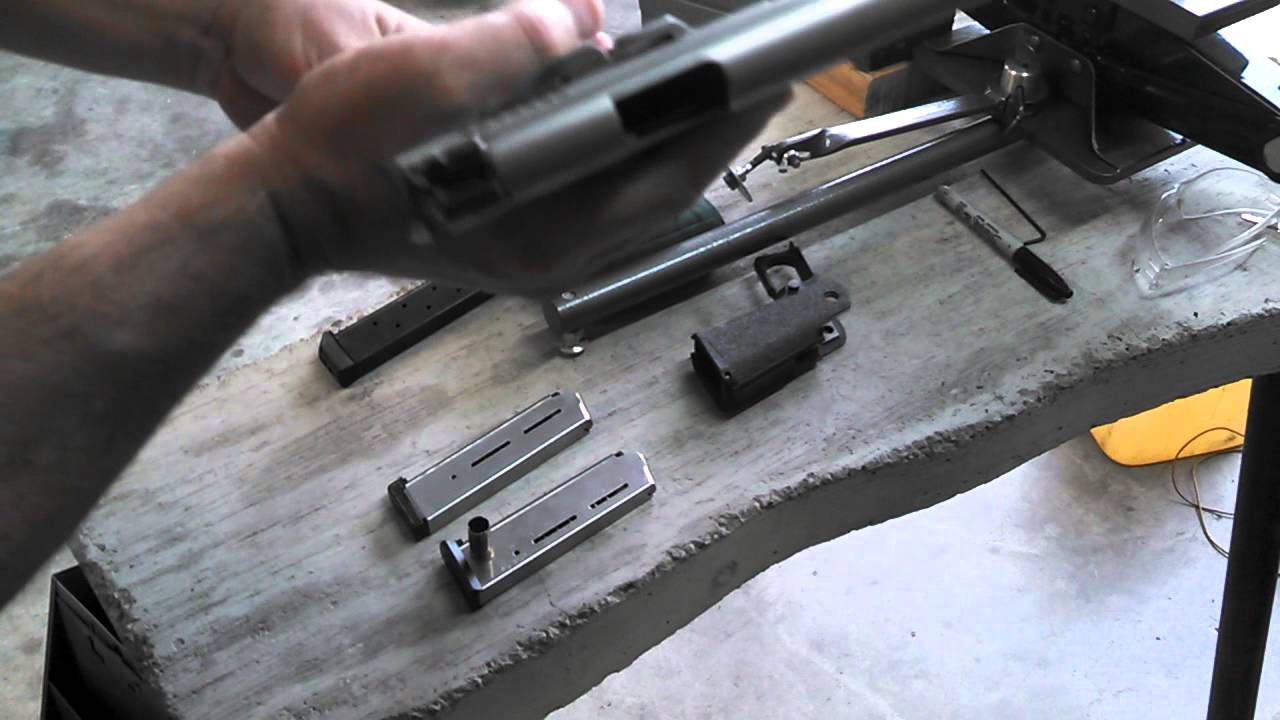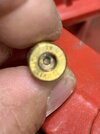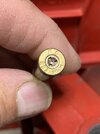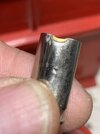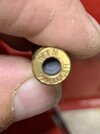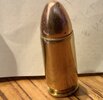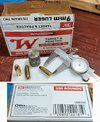I have a friend who loads commercially, and a while back he started powder coating, knowing I have purchased some blue bullets to load for my granddaughter, (her favorite color), he gave me some. At out next shoot he gave her a box of his reloads, and everything worked well until the third stage, and her gun, (Glock 17) locked up. I had to get my brother in law to smack the frame/grip with his hand while I held the slide against the table. She reshot the stage, and I told my friend he had missed sizing that case, he put it in his 1911 style 9mm, (Rock Island Armory), and it chambered, asked what's the problem. I took the barrell out of my G34, and said try that, couldn't even force it in, (I did have to drive it out). He has expensive case blocks to check fitment, and we stuck it in there, had to drive it out. He loads thousands a week, and has no problems, but I'm convinced "that" case somehow missed the rollsizer, as well as the check block. I ran it through my Lee FCD, and chambered, and shot it at the next match!


